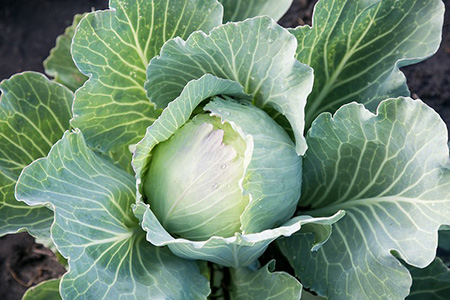Turning your regular outdoor space into a thriving garden space
The first step to growing a garden is planning your garden. What crops do you want to grow, and what are their light and nutrient needs? Planning out where you are going to put your vegetables is important.
You should also look at how much space you have available. Have a small yard? This isn’t necessarily a problem. You can grow quite a lot of food even if utilizing a compact growing area. Provided you have good sunlight during the day, you can strategically plant, grow, and rotate your crops.
Another element of starting your own garden is the option of composting. You can start your own compost pile with yard clippings and debris, food waste, and leaves. Compost areas in your yard can either be open (exposed to the air and elements) or a closed system, like a compact outdoor black plastic composter. Note: If a compost system is open you can run the risk of attracting pests. If you don’t want to fuss with making your own compost or simply don’t have space or the option to do so, you can always purchase compost by the bag or in bulk; there are many different kinds of compost available including local and biodynamic varieties.
What will you grow your garden in? Raised beds, container planting, mounds, straw beds?
You can lift the sod and do mounded soil beds in your yard, or if you have very limited space (think apartments) container gardening can still get you some homegrown organic produce. Strawbale beds use little soil and are also a fine option for growing. To keep it simple, we will talk about growing a garden in raised beds using soil. The ultimate benefit of using raised beds is being able to mix organic material into your soil, creating a light loamy soil that allows for plant roots to easily grow into, and promotes good water drainage. A raised bed is higher off the ground, meaning less strain on your back. Having paths laid between beds means no plants get accidentally stepped on. A length of 1-3 feet is optimal for paths between your beds. You can lay down some landscape fabric between the beds on these paths to help keep weeds at bay, and cover the fabric with stones, mulch, or straw. When deciding where to build your raised beds, choose a sunny location for planting. Plant your rows north to south to take full advantage of the sun.
After looking at your space, write down the size of the bed you would like to build and sketch out what you’ll plant and where. Herbs, greens, root veggies, cole crops, onions, potatoes, etc.
After you’ve planned your garden and built your beds, it is time to prepare your soil. Good soil is key. Having good drainage allows plant roots to penetrate more easily and allows water to drain and not collect and harm the plant roots. Before you fill your beds with soil, lay down some flattened cardboard boxes at the bottom of the beds to inhibit weed growth. Potting soil can be purchased by the bag or in bulk, and there are many local options that offer naturally amended soil that is ready for planting.
Soil pH- what it means for plant health
pH is a measure of acidity/alkalinity. The lower the pH, the more acidic. The higher, the more alkaline. The ideal pH of soil for a vegetable garden is in the range of 6.0 to 7.5. Most soils in the Eugene/ Springfield area are generally more acidic. This can be corrected in your vegetable garden by amending the soil with lime. Lime comes in powder and prilled options and can be added to the soil before planting in the spring or in the fall. Lime breaks down slowly in the soil and will raise the pH of your soil, making it less acidic. Adding lime will also add calcium to your soil which is an essential nutrient.
That being said, crops like potatoes, watermelons, blueberries, rhododendrons, and roses (roses prefer between 6 and 7) prefer slightly more acidic soil, 4-6 pH. Cantalope, and cole crops or brassicas such as broccoli and cabbage prefer a more alkaline 6.5-7.5. Take this into account while planning out raised beds and amending your soil. To counter a higher pH, you can amend the soil with elemental sulfur to make it more acidic.
You may also add gypsum to the soil, which is generally considered to maintain soil pH while providing calcium. It is used when pH is high to provide calcium without increasing pH. Having an ideal pH in your soil ensures proper uptake of soil nutrients and promotes better yields.
Adding organic materials like compost is a great way to kickstart the garden. If you add compost after amending for pH, you may want to recheck the pH of your soil after adding.
You can start your garden from seed, or by using transplants. The benefit of transplants is that generally they are already hardened off and ready to go right into the soil. There are many delicious tried and true varieties available from local growers. With seed, you have a more cost-effective method regarding how many plants you can grow, as well as a vast selection of unique varieties at your disposal. To learn more about growing from seed, check out our Starting From Seed blog post.


